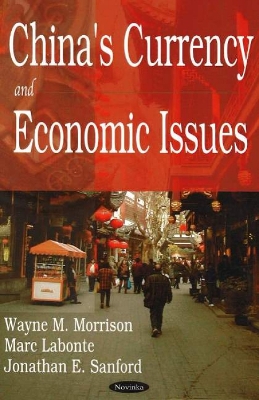China has a policy of pegging its currency (the yuan) to the U.S. dollar. If the yuan is undervalued against the dollar, there are likely to be both benefits and costs to the U.S. economy. It would mean that imported Chinese goods are cheaper than they would be if the yuan were market determined. This lowers prices for U.S. consumers and diminishes inflationary pressures. It also lowers prices for U.S. firms that use imported inputs (such as parts) in their production, making such firms more competitive. Critics of China's peg point to the large and growing U.S. trade deficit with China as evidence that the yuan is undervalued and harmful to the U.S. economy. The relationship is more complex, for a number of reasons. First, while China runs a large trade surplus with the United States, it runs a significant trade deficit with the rest of the world. Second, an increasing level of Chinese exports are from foreign invested companies in China that have shifted production there to take advantage of China's abundant low cost labour. Third, the deficit masks the fact that China has become one of the fastest growing markets for U.S. exports. Finally, the trade deficit with China accounted for 23% of the sum of total U.S. bilateral trade deficits in 2004, indicating that the overall trade deficit is not caused by the exchange rate policy of one country, but rather the shortfall between U.S. saving and investment. This book presents a coherent examination of the details behind China's currency policies as they relate to outside factors.
- ISBN10 1594549346
- ISBN13 9781594549342
- Publish Date 1 April 2006
- Publish Status Active
- Publish Country US
- Imprint Nova Science Publishers Inc
- Format Paperback
- Pages 90
- Language English
